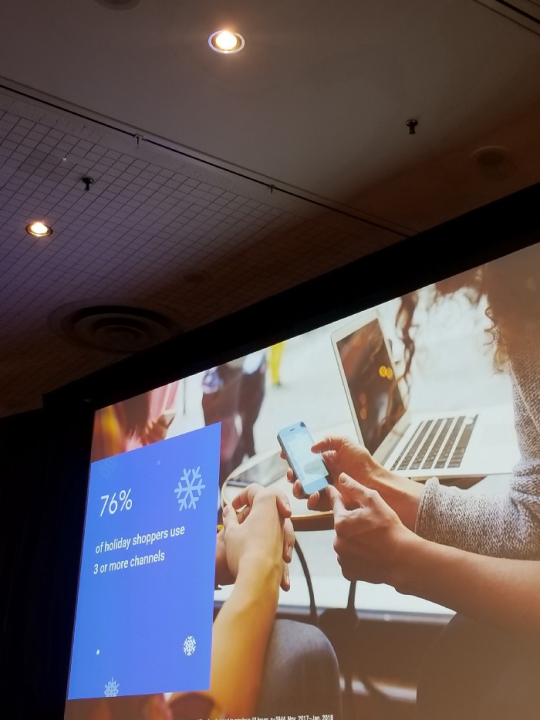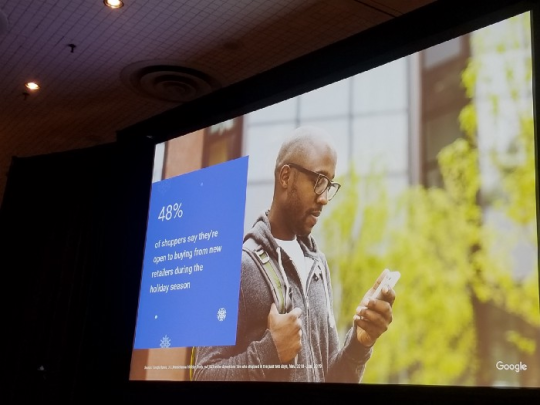Ways to use Market Research as a Digital Sales & Marketing Tool
Most businesses will not necessarily be creating new product categories. As a result, they will be entering into a market place that already exists. This is true if you are a re-seller or distributor of products and services. Once you decide that there is a market for your products and services; you need to study your competitors.

Image via Smartdraw.com
You will need to perform a SWOT analysis by assessing your strengths and weaknesses compared to your competitors on the products you offer, the price, quality, the service, reliability, stability, expertise, company reputation, location and appearance of your business along with how important it is to the customer.
Traditional Uses of Market Research
Most companies use Market Research for internal purposes IE education of Marketing and Sales teams on features, position in the marketplace and product descriptions.
Examples of Market Research as an Online Sales & Marketing Tool
What if companies could use Market research as an online sales and marketing tool, putting the analysis on their website? Justworks is doing just that. Justworks offers seamless payroll, tax filings, HR support, and access to affordable benefits in an all-in-one solution.
Visitors to the Justworks site are able to access the information quickly without providing their information. Also, the company presents the Market Research in a quick and visually appealing format.
Justworks invites users to compare them to the competition; showing that they believe in their product and service.

The company allows visitors to compare fees and pricing along with each of the services they offer. When visitors click, they get to see a drop down menu of how Justworks compares to the competition.

At the bottom of each menu, Justworks supports its claims with customer testimonials in the form of user case studies. Users are invited to Read more in a call to action.



This is an innovate way to use Market Research as an Online Sales and Marketing tool because it helps build trust with prospects. Sharing Market Research as seen above helps position a company as an industry resource. Prospects have access to more choices and information than ever before; making it essential for companies to provide information in a quick and easy to understand format.
Have you used Market Research as an Online Sales and Marketing tool. Comment and share below.
About the Author
Dan is passionate about using Marketing to help businesses drive sales. Certified in Inbound Marketing, Dan has worked on various marketing assignments including: Start Ups, a Political Campaign and a Digital Marketing Conference.
Prior to serving as a Classroom teacher, Dan served customers as an Outside Sales & Marketing Rep in NYC. In this role, he taught and trained Dentists on the company’s products and services using a consultative selling approach combined with direct marketing. He also supported the company’s marketing efforts at industry trade shows.
He writes and publishes a business blog on the topics of Sales, Marketing and Social Media entitled Sales, Marketing & Social Media Today; which has grown to over 18,000 followers on LinkedIn and over 17,000 on WordPress.
Dan’s articles and insights on Sales, Marketing and Social Media have been featured, mentioned and referenced in major Business Publications such as:
The Arizona Republic
http://yourbusiness.azcentral.com/handle-top-10-sme-sales-objections-24845.html
Twitter Ads Blog
https://blog.twitter.com/2014/how-smartphone-users-engage-on-twitter-three-key-findings
Yahoo! Finance Blog
https://es.finance.yahoo.com/blogs/fintechnologiayredeses/cueva-arma-secreta-obama-110427857.html
Paper.li’s Wall Of Fame via Scoop.it
http://www.scoop.it/t/all-things-paper-li/?tag=Dan+Galante
Dan has been honored for his Social Profiles & Content
•Recognized by Klout for having a Score putting him in the Top 10 % of Social Media Users
•LinkedIn Social Selling Index Score in the Top 1%
•Honored by SlideShare for being in the top 5% of profiles viewed in 2014
•Honored by LinkedIn in 2012 for being in the top 1% of profiles viewed out of 200 million members
Dan is seeking a full-time marketing role in Direct, Inbound, Digital, Content ans Social Media Marketing. He is willing to be a CMO to create and build out the Marketing function of your organization if it does not exist. Contact him to set up interviews. dan@dangalante.com












